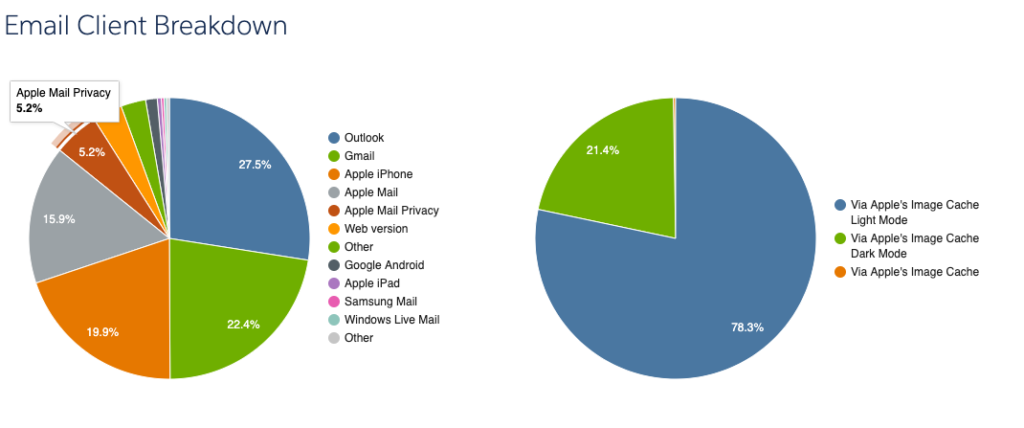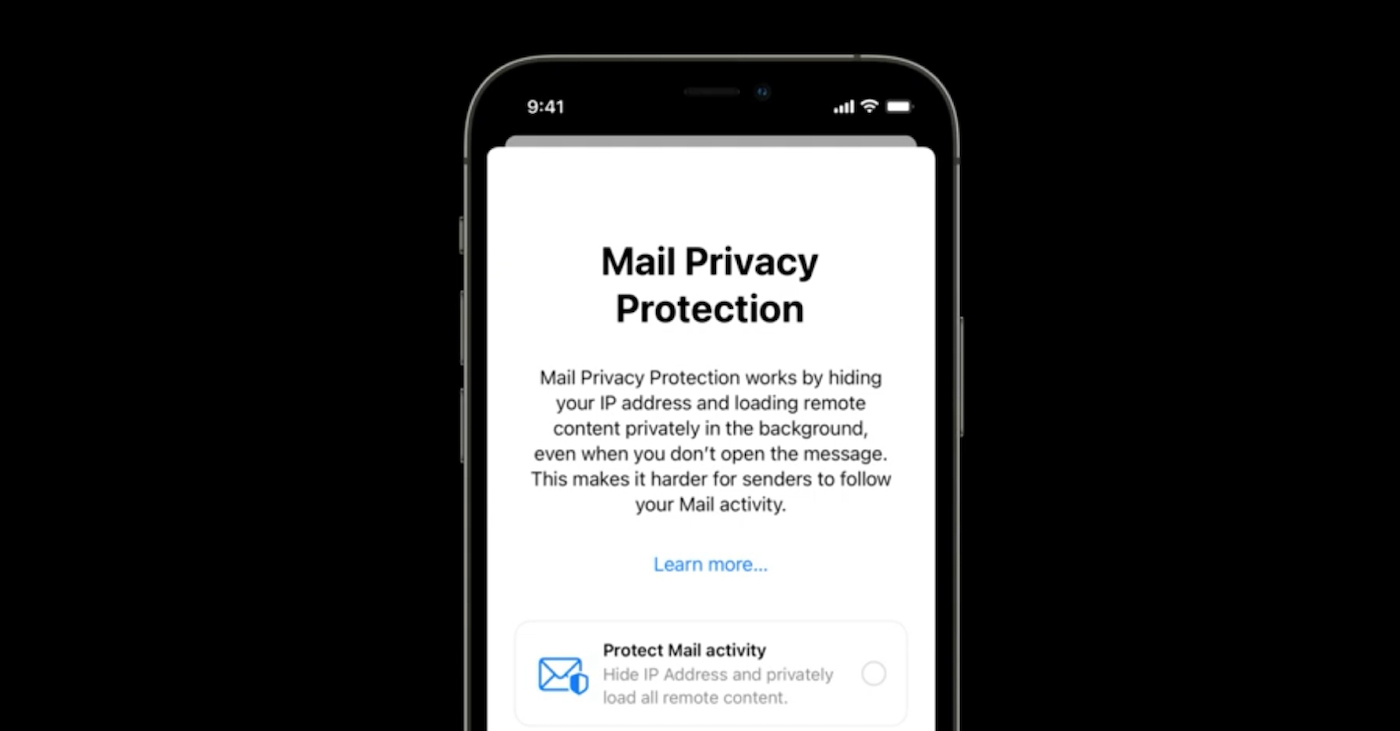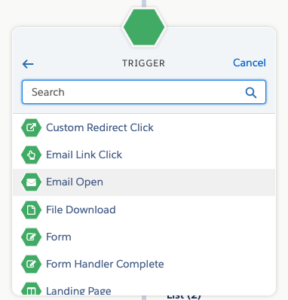In September 2021 Apple released their latest update to iOS which includes a raft of new features. It included one that’s caused quite the stir for marketers: Mail Privacy Protection (MPP).
What is Mail Privacy Protection?
In Apple’s own words:
In the Mail app, Mail Privacy Protection stops senders from using invisible pixels to collect information about the user. The new feature helps users prevent senders from knowing when they open an email, and masks their IP address so it can’t be linked to other online activity or used to determine their location.
TL;DR: In the spirit of privacy, Apple are preventing email opens, IP address (and other related data such as location) from being tracked by marketers for anyone using the default Apple Mail app.
How does Mail Privacy Protection work?
We don’t know for sure at the moment. What we do know is that this is an opt-in feature found in iOS 15 and macOS Monterey. And it only applies to the default Apple mail app. If the recipient does turn it on, when an email is sent to a recipient, Apple routes this message through their own proxy server.
This routing automatically loads and caches the content including images and any tracking pixels on Apple’s servers. To Pardot, and other email sending platforms, this makes it look like the recipient has opened the email even though they have not.
When the recipient does eventually open the email, the content is loaded from Apple’s cache rather than the originating server, making it nearly impossible to determine when the recipient actually opened the email.
What does Mail Privacy Protection mean for marketers?
In short, email opens will become a less reliable engagement signal for marketers.
Marketing automation platforms, like Pardot, use images and tracking pixels to determine when someone opens an email. MPP will almost certainly make this data highly inaccurate, artificially inflating open rates for anyone who has opted in to the feature.
This also means a true re-think of how we’re using open rates in our automations, engagement studio programs, dynamic list and more. If you’re using email open as a trigger for something it’s probably a good idea to review this sooner rather than later.
How to adapt to Mail Privacy Protection
As marketers, we’re familiar with adapting to an ever shifting industry and this is no different. We’ve pulled together some recommendations on determining the impact MPP will have on your Pardot usage:
Determine how many of your prospect use Apple Mail
According to Litmus’ Email Client Market Share report, Apple mail accounts for nearly 40% of the market. So this change could hit hard and fast. Pardot does offer some tools that allow you to gauge how much of an impact MPP is having on your database.
Take a look at the Email Clients tab in your List Email Reports. If any of your prospects are using MPP you’ll now see that the interactive chart and breakdown table includes a segment for Apple Mail Privacy. This will give you a good idea of the impact on your metrics:

Audit your usage of Email Opens in Pardot
Take a look at your Pardot automations to understand where you’re using email opens to inform campaign decisions. Consider switching these out for active engagement indicators such as a link click, form or landing page completions.
Some key places to look include:
Engagement Studio programs – Are you using Email Opens in any triggers?
Segmentation lists – Are you relying on Email Opens to segment your audience?
Automation rules – Are you using Email Opens to run rules against your prospects?
Scoring model – Are you using Email Opens in your scoring model?
Review and redefine your success metrics
If you’re using email open rates to determine success, now is the time to rethink your metrics model. Instead of basing your metrics on implied engagement such as open rates, start defining them on explicit activities that show active engagement. For example form submissions and link clicks.
Keep informed
Salesforce have stated they’re actively working on determining the impact MPP will have on their customers. Promising new features that will position Pardot to lead the way in engaging audiences in a privacy-friendly manner. In fact we’ve already seen Salesforce rollout tweaks to Einstein Optimized Sending and the Email Client report. And there are plenty more on the horizon.
We recommend keeping an eye out for more from Salesforce and Pardot on this topic. If you’d like to learn more on auditing your Email Opens usage, or get some further guidance on how Mail Privacy Protection may affect your Pardot usage, then get in touch.



